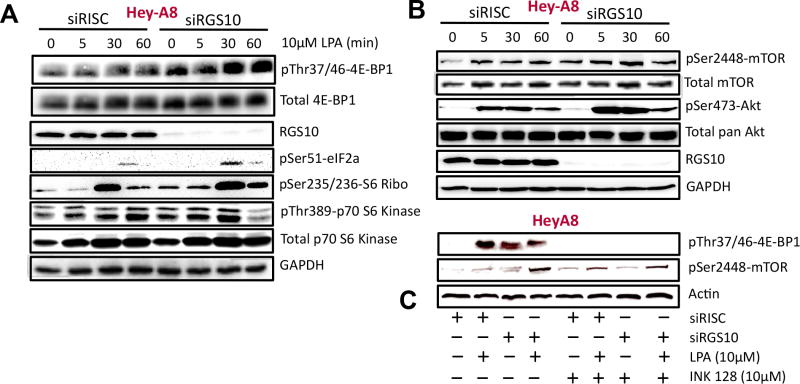Figure 2. Lysophosphatidic acid activates the mTOR signaling pathway, enhancing the effects of RGS10 suppression-induced phosphorylation changes.
(A and B) Hey-A8 cells transfected with siRISC or siRGS10 were treated with 10 μM of lysophosphatidic acid (LPA) for 0, 5, 30 or 60 min prior to immunoblotting of total and phospho-4E-BP1(Thr37/46), RGS10, phospho-eIF2a(Ser51), phospho-S6 ribosomal (S6 Ribo) protein(Ser235/236), total and phospho-p70S6K(Thr389), total and phospho-mTOR(Ser2448), total and phospho-Akt(Ser473), or GAPDH. (C) Hey-A8 cells were transfected with siRISC or siRGS10 and treated with LPA (10 μM, 30 min) or pre-treated with INK-128 (10 μM, 18 h) prior to immunoblotting analysis for phospho-4E-BP1(Thr37/46), phospho-mTOR(Ser2448) or actin.

